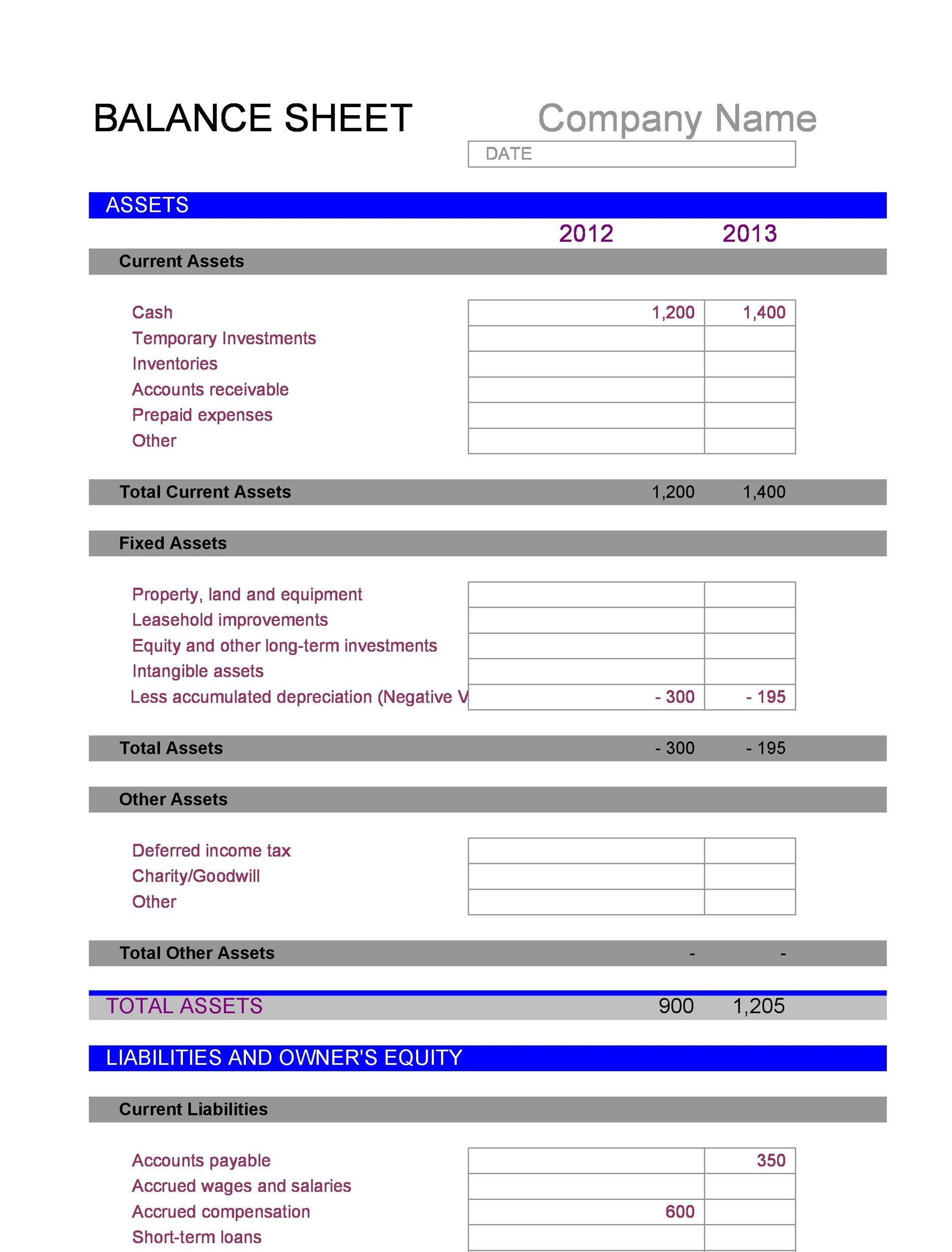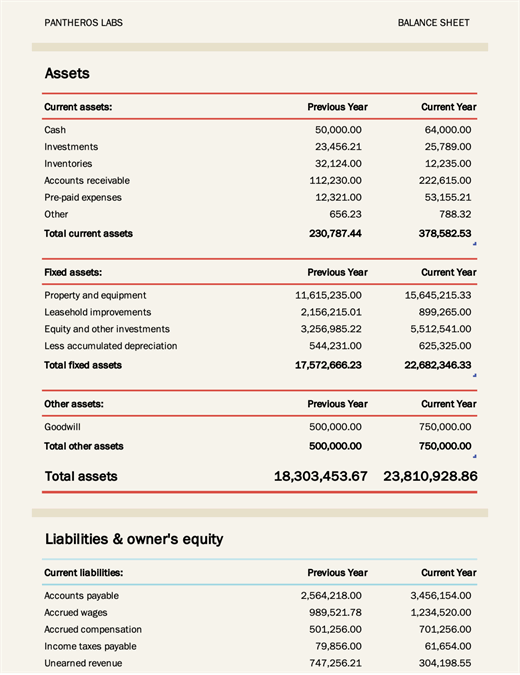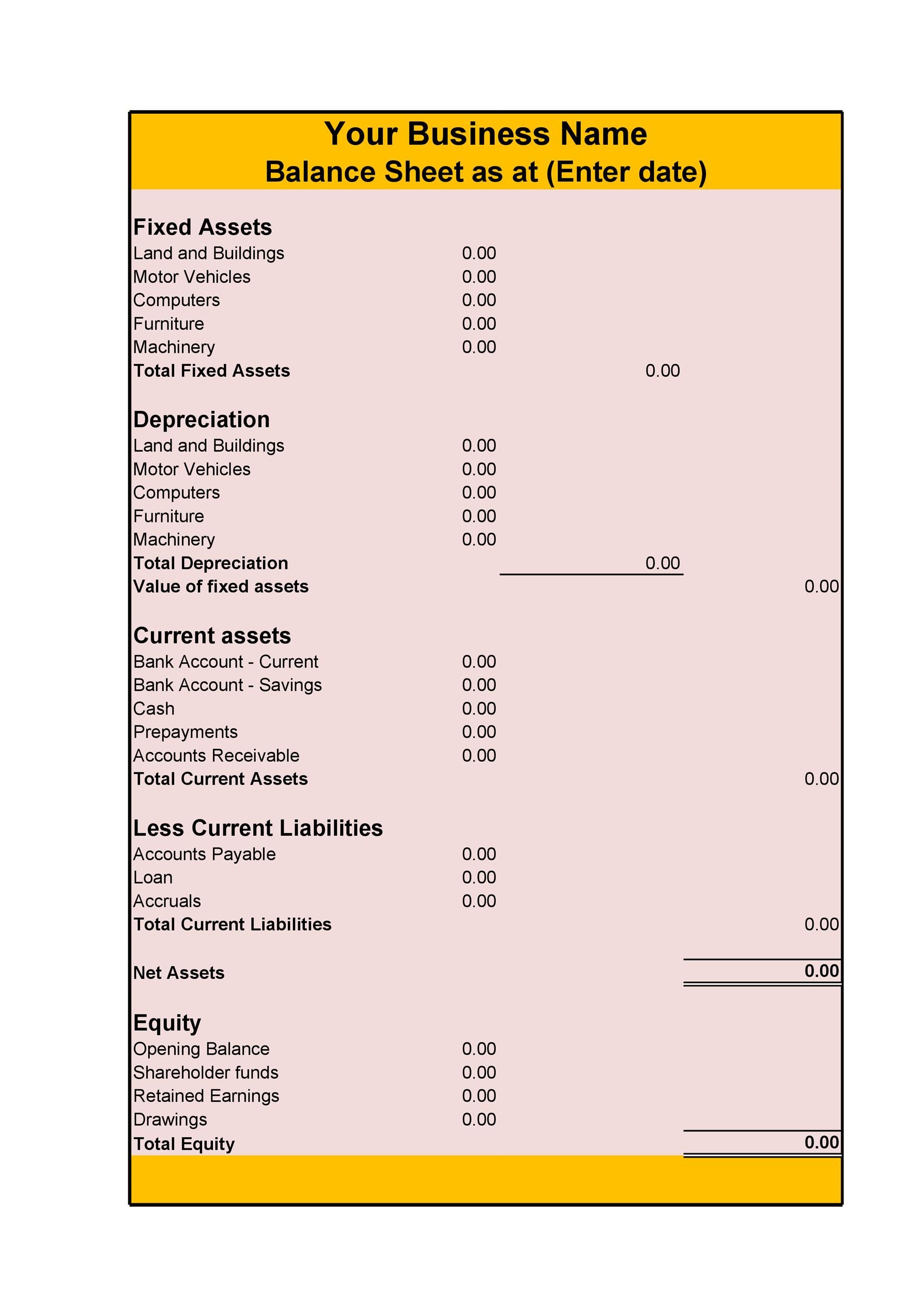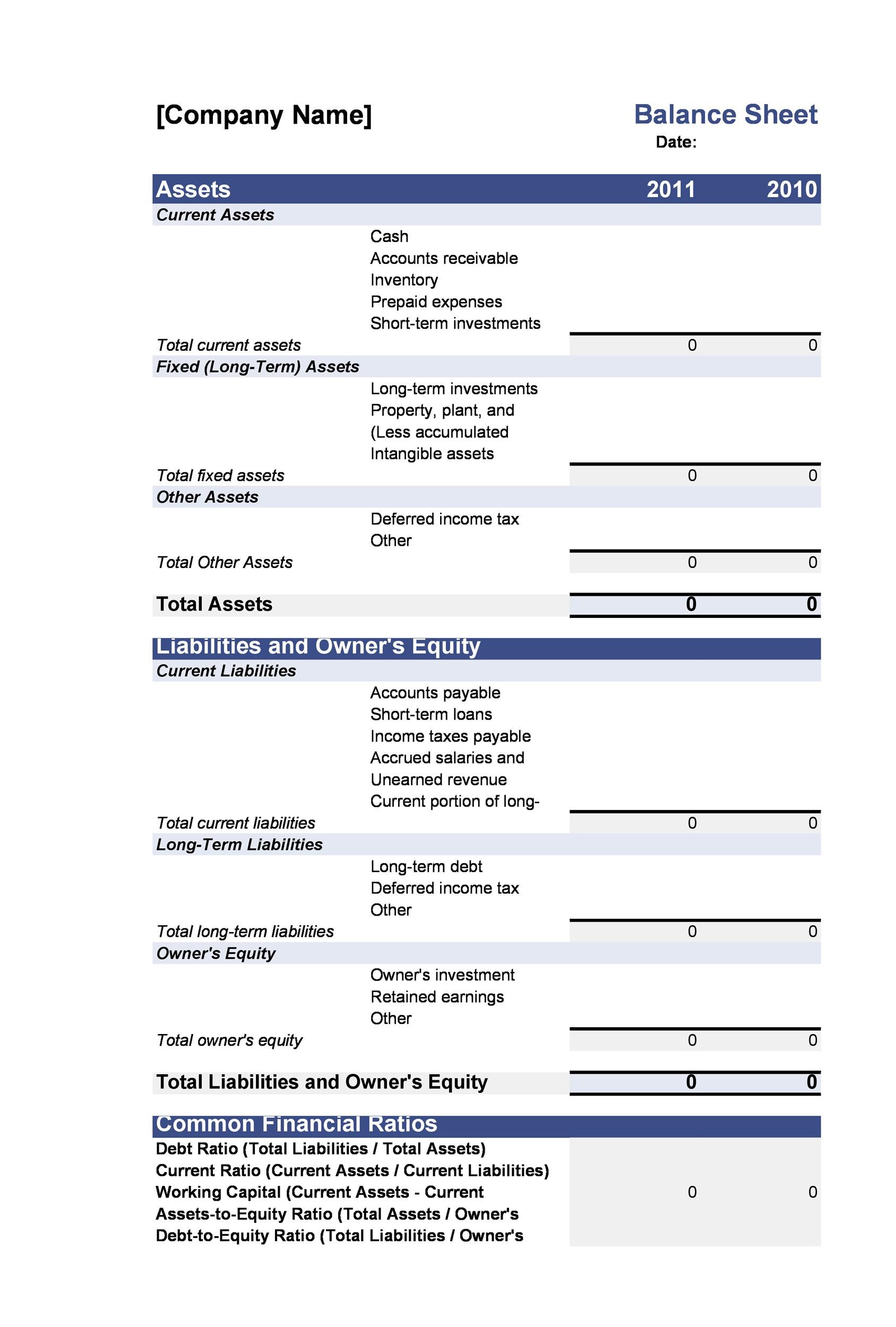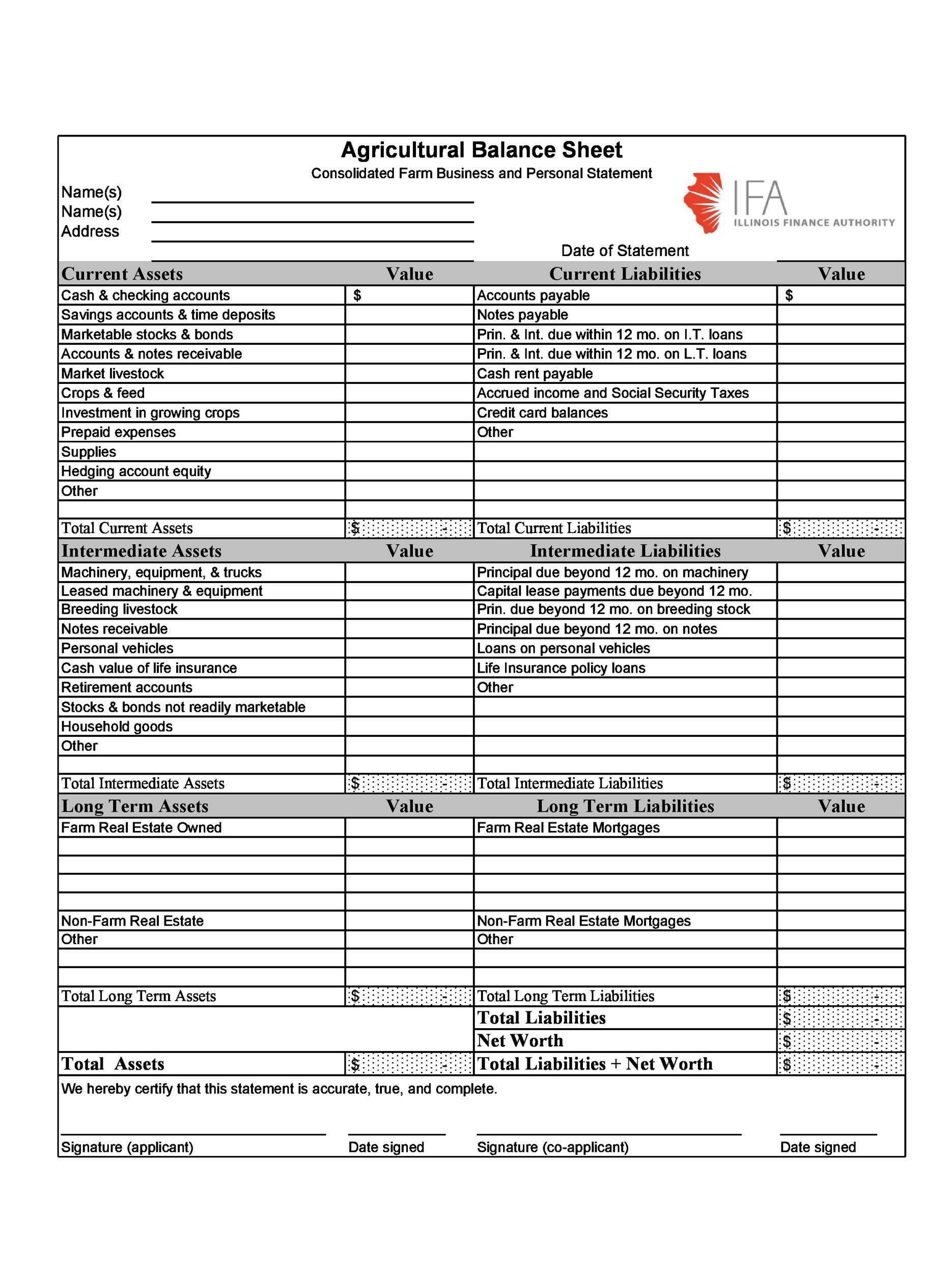Creating and maintaining a balance sheet for your business is a critical component of staying financially organized. A good balance sheet shows your ability to manage both current and long-term liabilities that can be used to secure additional funding from creditors, investors and other sources. Many small businesses fail to keep accurate records, which makes it difficult to access capital and conduct planning. Fortunately, there are some simple and effective steps you can take to make sure you stay on top of your finances and keep your balance sheet clear.
Make Sure You Have the Basics Covered
The first step in creating a balance sheet is to make sure all of the basics are in place. This includes a Chart of Accounts, or a list of all the accounts used to record transactions, and an Accounts Receivable and Accounts Payable ledger. These documents should be updated on a regular basis and can be used to determine the cash flow position of your business.
The balance sheet itself is a snapshot of your business’s financial position at a given point in time. It is made up of assets, liabilities and equity. Assets are items of value owned by the business, such as cash, inventories and accounts receivable. Liabilities are legal obligations owed by the business to others, such as accounts payable and loans. Equity is the difference between assets and liabilities and represents the business’s net worth.
It’s important to have a thorough understanding of each category on the balance sheet to make sure that the company’s assets and liabilities are accurately reflected. For example, if the company has more current assets than liabilities, then it is likely to have a positive net worth. Likewise, if current liabilities are greater than current assets, the company may be in financial trouble. Pay attention to the cash flow from operations – it is used to determine if the company’s assets are generating enough to cover its liabilities.
Regular reviews of the balance sheet are needed to ensure accuracy. Review the bookkeeping records to make sure that all transactions have been properly recorded and that there are no errors or omissions. Check to see if the assets are properly valued and review the liabilities to find out if any new liabilities have been added since the last review. Periodically, review other financial statements, such as the income statement, to get an overall picture of the financial condition of the business.
Creating a balance sheet can be a daunting task but with a bit of effort and commitment, it is possible. Using balance sheet templates and online tutorials can help build a solid foundation for your understanding of accounting principles. Learning to read and interpret a balance sheet is essential for running any successful business.
A balance sheet can provide a valuable insight into the financial health and state of a business. It can be used to determine the value of a company’s assets and liabilities, and in turn, provide insight into overall performance. It is an important tool in assessing the cash flow position of a company and can be used to secure funding and investments. Keeping a balanced sheet up-to-date should be a top priority for any business.
The process of creating and maintaining a balance sheet may seem daunting, but it doesn’t have to be. There are many online resources
